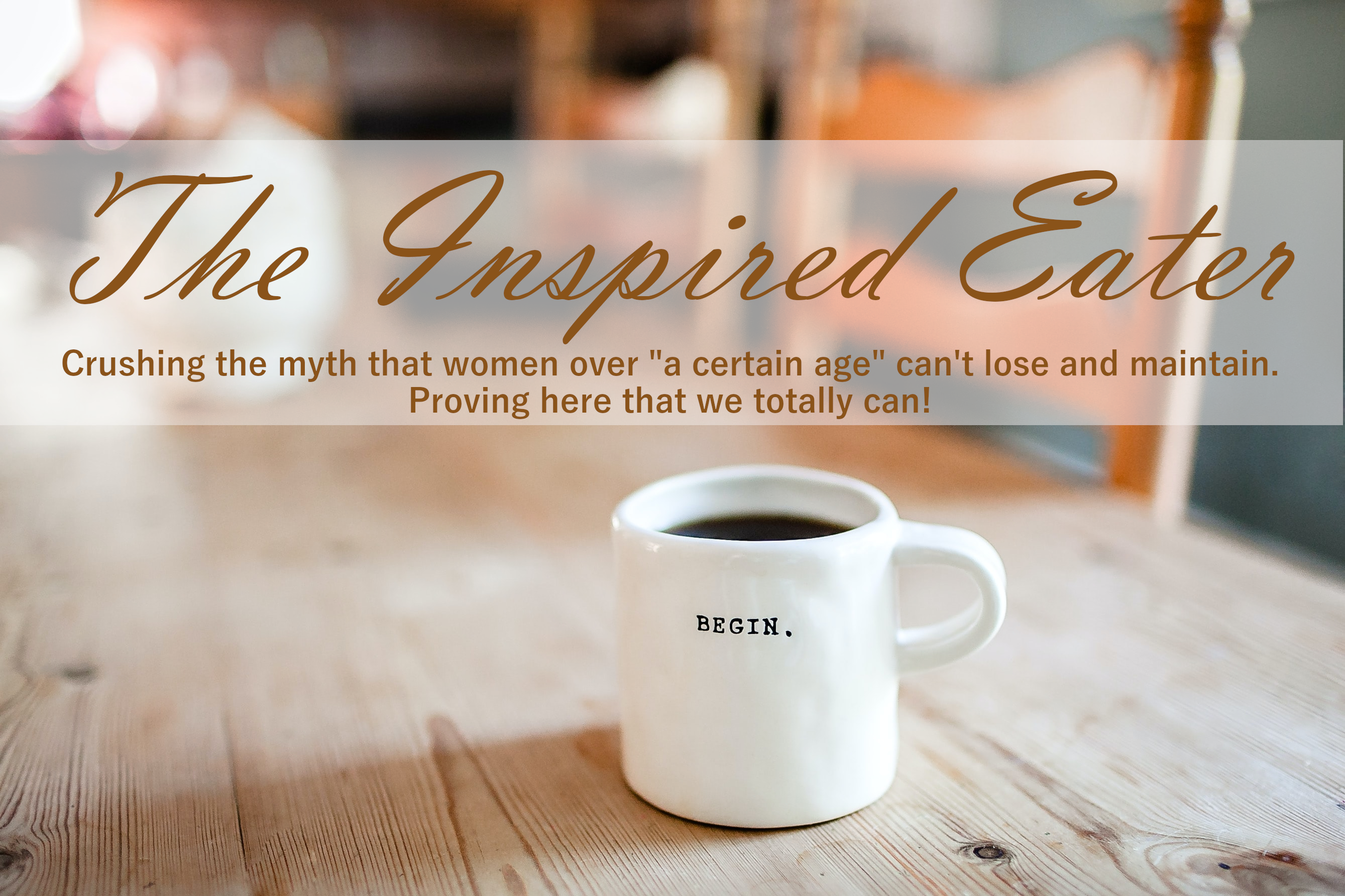We have new people –and welcome!! – I’m sharing five super important posts to read below. It’ll make these weekly posts a lot easier to understand. And if you haven’t received your Aunt Bea copy just write to me at: Wendy@theInspiredEater.com and I’ll shoot it right over.
- Begin Here
- This Metaphor Is My Constant Companion as I Preserve My Weight Loss After Age Fifty
- Brownies for Breakfast
- 6 Pillars of Losing Weight After Age 50
- How to Conquer Your Evening Sugar Cravings
Thank you for all of the well-wishes for my flu-fun. December 18 to current day. I’m still not 100 percent, but I’m getting there; your good wishes definitely helped!
Pearl One
I call no fair!! How did the party people hijack New Years Eve? Why do we associate December 31 with good drink, a sparkly evening dress and being at a party?
That said, back when we lived in California friends held a New Year’s Eve party for families where the clock struck midnight at (really) 9 p.m. Adorable. Now, that was fun. Thank you, Steph, for your out-of-the-play-pen thinking!
But back to reality. As you know, you and I are not spring chickens. We’ve all done the must-be-at-a-party thing. Maybe one time it was good, the rest of the time it was bad. Most (all?) of the adults I know today like to be in bed with a good book and asleep by ten. We’re the weirdos who get mammograms once a year and our teeth cleaned twice a year.
Let’s take back the holiday for our own mental health. Instead of feeling badly about not being invited to an a shindig (“what’s wrong with me?”), let’s make December 31 and January 1 spa days!
Visiting a fancy spa is super fun, but going-spa doesn’t have to mean spending money. Take a long shower or bath and hang out in your jammies. Put on a good show to stream (Wicked is available starting on 12-31-24) Amazon Prime Video and Apple TV among smaller streaming services (speaking of apples I highly recommend sliced apple to accompany you to Oz. ♥
Pearl Two
Staying on the Smart Eating Path is rooted in smart habits that I embedded over the years.
- I broke my foot: stayed on my smart eating plan.
- Bought a disaster of a house in CA (still regret buying to this day). I stayed on my smart eating plan.
- Traveled a lot first in CA, later on the East Coast. Stayed on smart eating plan.
- Two major moves. My smart eating habits came with me.
- An amazing surgeon (Dr. Heller, Emory) fixed a bulging disc in my back, stayed on my eating plan.
- Came down with Covid (2020). Stayed on eating plan.
- Animals that I’ll always cherish passed on. Kept my smart eating habits.
You get the gist. ♥
Pearl Three
Sequencing is taken directly from Cognitive Behavioral Therapy (CBT). The purpose of sequences is to help us move from reacting to circumstances to responding. I encourage you to do a sequence a day in your journal. Powerful stuff.
Automatic Sequence
- Situation (something very concrete): My baby was born with Down syndrome.
- Thought: What’s happening? What will happen to family?
- Feeling: Despair.
- Action: I cry a lot.
- Result: I create a sad home for everyone in the family.
Chosen Sequence
- Situation (something very concrete): My baby was born with Down syndrome.
- Chosen Thought: What a beautiful, beautiful baby. It’s possible that this might work.
- Feeling: I’m falling in love with this precious little person.
- Action: I dress my baby in gorgeous clothes usually topped with a seriously adorable bow. We talk and cuddle her maybe too much? It’s actually hard to stop kissing her.
- Result: You get the ball rolling in a positive, wonderful direction for your family. You start to feel sorry for families who don’t have a Down syndrome baby in their life. ♥
Pearl Four
Books love us and want us to be happy.
The winner of the three most rock-star dessert-books of 2024:
One
I was drawn into this story from the first sentence: “when people say ‘terminal’, I think of the airport.”
The two protagonists are thoughtful, funny, and wise. One Hundred Years of Lenni and Margot by Marianne Cronin is the book-dessert superstar fiction of 2024.
Two
I don’t get it. How does a boring title: Life After Life paired with a ho-hum book cover end up as one heck of a read? But enough of the bad news. The good news is that this story drew me within the first two or three pages (love, love, love when that happens).
I’m not alone in loving this book: Time called Life After Life “brilliant”, People “excellent”, and the Wall Street Journal “wonderful.”
This is the no-comedy, sophisticated version of Ground Hog Day, but set in England spanning the years of the two World Wars.
In 1910, we first meet baby Ursula born with the umbilical cord wrapped around her neck, we know the baby passes because “darkness fell.” But in the next chapter Ursula survives the cord and plays out a new timeline.
This is a can’t-miss book-dessert of the highest caliber think: book version of tiramisu cheesecake (made by someone who isn’t you).
Three
If you loved A Man Called Ove, this is your book. It’s adorable and sweet and life-affirming. In The Curious Charms of Arthur Pepper by Phaedra Patrick, we meet Arthur, a widower on the first anniversary of his wife’s death. One moment, as he’s going through her things, he finds a never-before-seen (by him) fine gold charm bracelet.
And that begins Arthur’s journey that takes him around the world (Paris, London, and India). As he travels, he starts to see that there’s still life to be enjoyed even if we’ve lost our darling.Curious Charms is the perfect read over a long weekend. ♥
Pearl Five
New beginnings are often disguised as painful endings.” ♥
—Lao Tzu
Here’s what I learned from enduring the flu at sixty. 1) Keep a hard piece of paper under your bed detailing the meds and supplements you take in morning and at night. When you first realize that you don’t feel well hand the list to your caregiver.
Everything else I learned did not involve a caregiver. So if you’re flying solo, I got you. One, keep a well divided morning and evening meds in a pill pocket that forevermore lives under your bed for when you most need it. Check out this adorable pill pocket: it’s not your grandma’s. (Use this adorable pill picket daily and maybe choose a more standard one for under your bed. Check the “under the bed” pill pocket on your birthday every year to update the meds. 2) Add a bottle of Ibuprofen. 3) Dehydration is no joke. This is what saved me: ice water in a no-leak, covered straw thermos. This guy was my friend, I keep mine in bed with me still. I also wished I’d stashed an at-home Covid test, thermometer, and bottle of stool softener (just saying) under my bed too. If you can think of anything else I’ve missed, will you share in the comments below (we all need tips).
Have a wonderful New Year’s Eve Eve and remember, we’re now in the season of spa-time (share below what you’re planning)!
♥, Wendy
You know the scoop: I’m an Amazon affiliate. If you buy from a link in my post, I’ll receive money, but the arrangement won’t cost you a dime.
Are you new to the Inspired Eater? Welcome!! This blog won’t make much sense until you first read the Aunt Bea post (and you’ll find Aunt Bea on this page to the right under my short bio). On your cell you’ll see it immediately following the first post. After you enter your email address, the Aunt Bea article will be sent to your email’s inbox. If it’s not there, you might check the spam folder. And always feel free to email me at Wendy@TheInspiredEater.com and I’ll get Aunt Bea right to you!!
I am not an expert, a doctor, a surgeon, a nurse, dietician, or a nutritionist: the information within TheInspiredEater.com is based solely on my personal experience and is not intended to be used as a substitute for professional medical advice, diagnosis, or treatment










